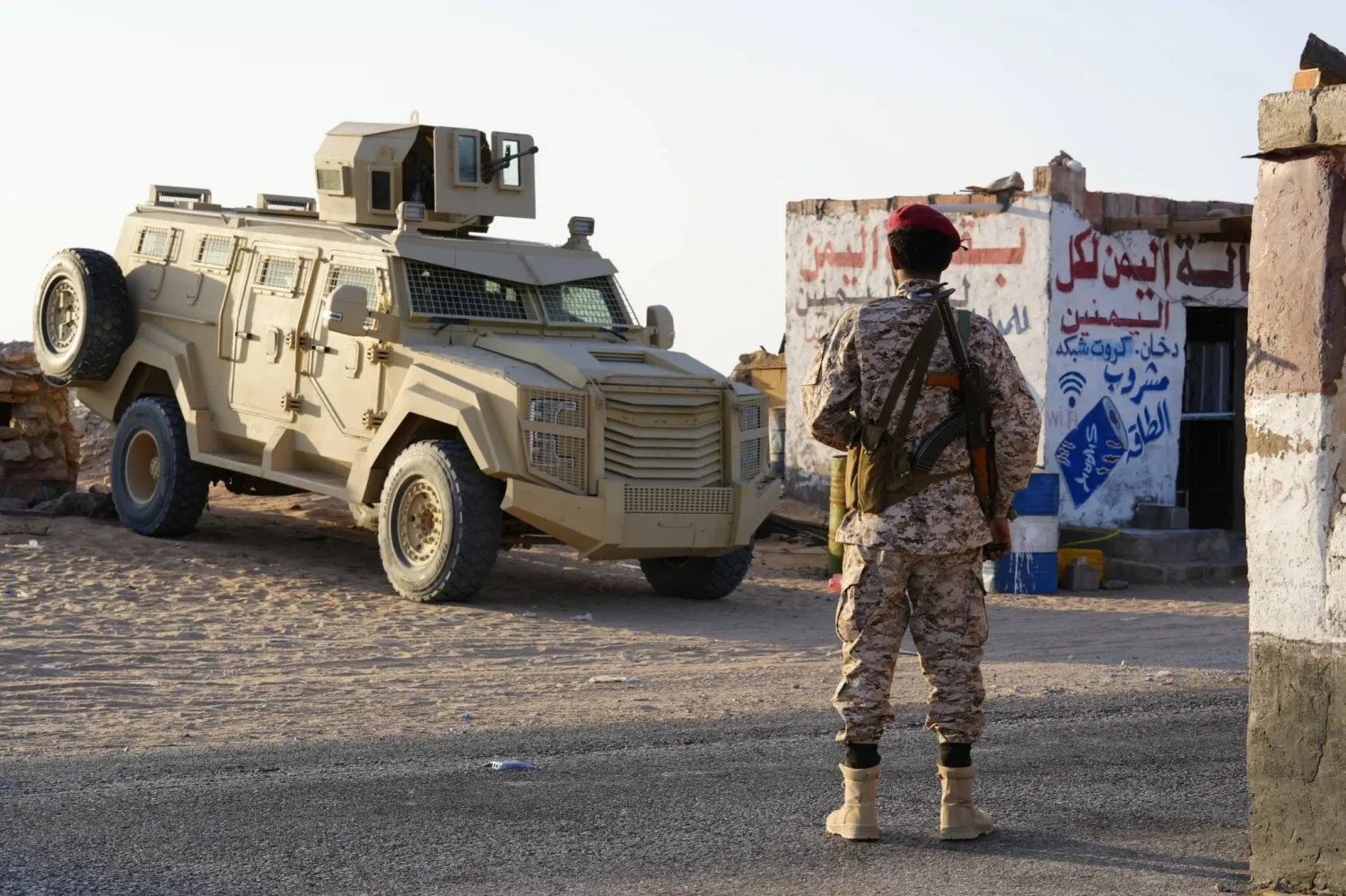Bedouin clans in southern Syria joined the popular protests taking place in Sweida Governorate for the fifth day in a row.
Local sources in the region told Asharq Al-Awsat on Friday that a delegation of youth from the southern tribes arrived at Al-Seer Square in the city of Sweida, and joined the protesters, declaring their solidarity with the popular uprising, and chanting: “Bedouins and Druze are hand in hand.”
Video clips broadcasted by the Sweida 24 website showed young Bedouin tribesmen from the south joining the protesters, amid welcoming cheers from the region’s Druze population, the sources reported.
They stressed that the move came in response to attempts by the security services during the past decades to ignite discord between the Druze and the Sunni Bedouin communities.
The participation of the Bedouin clans is an important shift in the course of the protests, which no longer represent a specific sect, but rather the majority of the Syrian population, the sources underlined. It also highlights the historical relations that linked Sweida with its surrounding Bedouin clans, in the face of all those who tried to sow discord during the past years.
This came hours after Damascus made an attempt to contain the protests by assigning the governor of Sweida, Bassam Parsik, to meet with the spiritual head of the Druze community, Sheikh Hikmat Al-Hijri, in the town of Qanawat, on Wednesday evening.
Media reports said that the governor was dispatched by Damascus to calm down the situation and offer a set of solutions. However, Al-Hijri rejected the proposal, saying that the matter did not require mediation.
“There won’t be any contacts before the demands of the street are met,” he stated.









